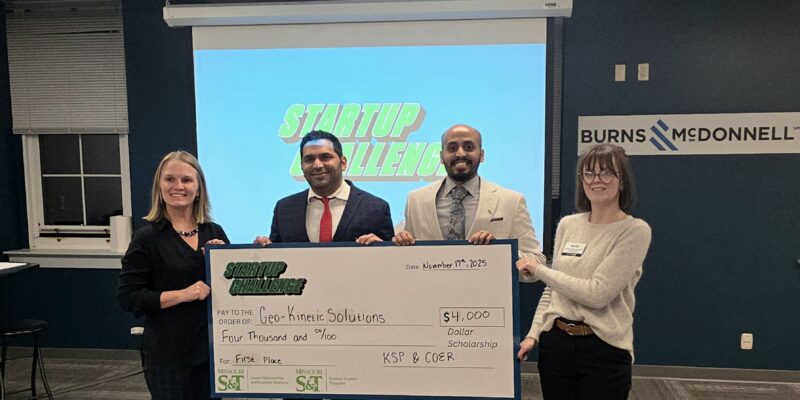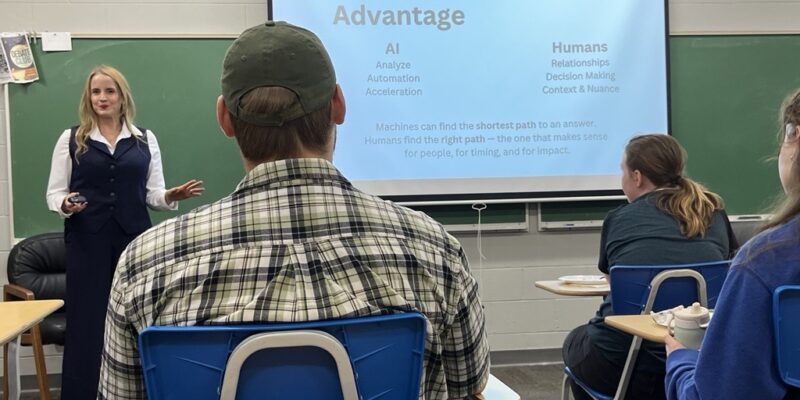Tag: missouri s&t
Busy doesn’t begin to describe him
Student Council President, St. Pat’s Knight, KMNR radio DJ, Honors College member, IEEE HKN honor society member, Psi Chi honor society member, double majoring in computer science and psychology, minoring in bioinformatics and earning an undergraduate certificate in neuroscience, served on the College of Arts, Sciences, and Education Student Advisory Board, was a resident assistant […]
Read More »‘The Nutcracker’ coming to Leach Theatre Dec. 13-14
The Leach Theatre stage will transform into a festive winter wonderland this December for Tchaikovsky’s “The Nutcracker,” presented by Classical Arts Entertainment.
Read More »Why AI is driving an energy boom: Missouri S&T expert explains
Artificial intelligence (AI) is transforming the world at top speed, and behind the breakthrough lies a growing demand for electrical power.
Read More »S&T student aims for faster ballistics prototyping, lands on world stage
Bullets move fast. Prototyping them? Not so much. But a Ph.D. student in mechanical engineering at Missouri S&T is researching an accelerated process for producing and testing 3D-printed ballistics, and she has already earned international recognition.
Read More »From dropout to graduate, Ryan Veatch shares his comeback story
When Ryan Veatch was growing up, he always assumed he would become a chemical engineer. In 2009, he came to Missouri S&T with that dream in mind. But like many students, life took unexpected turns. In 2012, Veatch dropped out. But that’s not the end of his story.
Read More »Two student teams tie for first in S&T’s Startup Challenge
For the first time, two student teams were the winners at Missouri S&T’s Startup Challenge on Nov. 17, splitting the scholarship prizes. Sponsored by Kummer Student Programs and Career Opportunities and Employer Relations, this challenge gives students a chance to present a business concept to a panel of judges with entrepreneurial experience. Winning teams First […]
Read More »Missouri S&T music groups to perform December 12
Missouri University of Science and Technology’s arts, languages, and philosophy department will present a holiday concert this December featuring the university jazz ensemble, orchestra and choir.
Read More »Missouri S&T math student receives DOE award for research
The U.S. Department of Energy (DOE) has named Jacob Hauck, a Ph.D. student in computational and applied mathematics at Missouri S&T, as a recipient of the 2025 DOE Office of Science Graduate Student Research (SCGSR) Award.
Read More »Rebecca Sabogal: Bringing humanities values to AI
Rebecca Sabogal says that students who focus on the humanities fields, such as history, psychology and philosophy, can bring special value to technology-based companies. She says that this is because “tools change, but people don’t.”
Read More »Missouri S&T plans new degrees in data science
To meet the state and country’s growing demand to make sense of large amounts of statistics and data, Missouri S&T plans to add a new bachelor’s and master’s degree in data science.
Read More »







